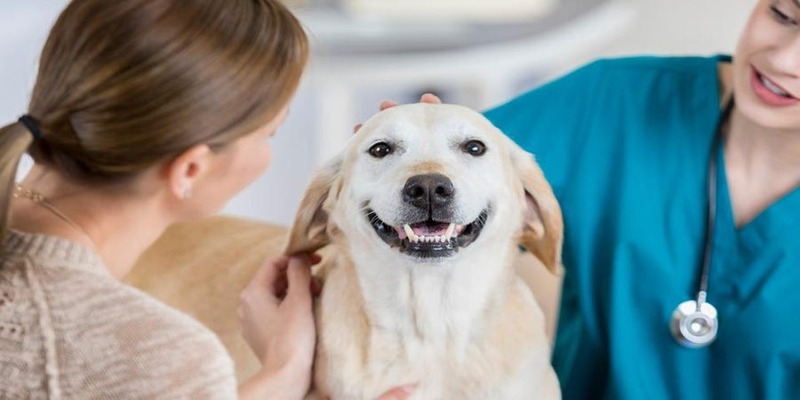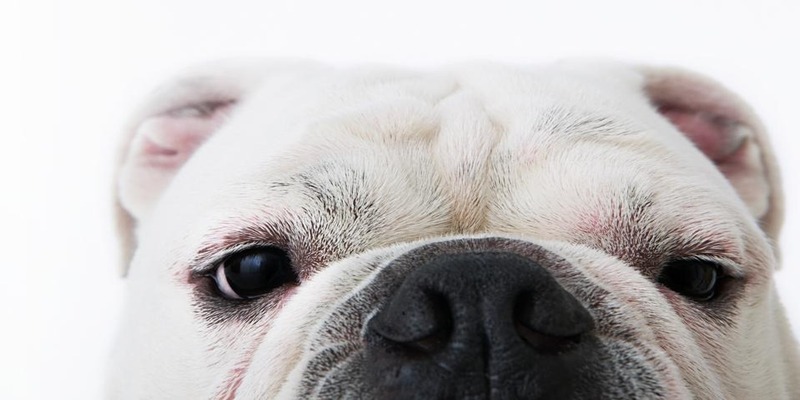Top 4 Pet Insurance Providers For November 2022
Many policies provide coverage of up to 90 percent of your veterinarian expenditures when it comes to pet insurance. To help you choose the best pet insurance provider, we've compiled in-depth evaluations that compare the industry's leading providers.
Aside from the ratings, we also have a helpful article that describes how pet insurance works, what operations are often not covered, and how to pick the right policy if you have any questions.
Best For Inherited And Congenital Disabilities: ASPCA

Accident-only care, accident, sickness care, and preventative care are all available for cats and dogs through the ASPCA. Horse insurance is available in some states for riders but not others.
If you're looking for a cheap premium, go as far as the ASPCA. Compared to its competitors, the corporation is more accommodating regarding several policies.
When it comes to inherited and congenital disorders, the ASPCA assures coverage regardless of your pet's age upon enrollment, provided the illnesses have not been pre-diagnosed.
The Best For Unlimited Coverage: Spot
Spot makes it easy to choose the ideal level of protection for your pet. It's one of the few insurers offering plans with a "100% coverage" option, which means you won't have to pay anything toward your medical expenses out of pocket.
Your out-of-pocket costs for medical care will be reduced even more by the company's very low ($100) deductible choice.
However, coverage rates will rise if the copayment or the deductible is very low. However, Spot has no maximum age limit for insuring new animals, so it may be a decent option if your furry friends are getting up there in years.
Best For Puppies And Kittens: Pumpkin
Pumpkin provides low-cost plans with the option to add coverage for preventative care packages for kittens and puppies. For instance, the company's puppy preventative care packs consist of a yearly wellness exam cost, four puppy immunizations, and a yearly fecal test.
Additionally, Pumpkin will pay for parasite lab testing and reimburse you for up to four shots your puppy got before being insured under the preventative pack.
Even if you buy an additional wellness plan, Pumpkin Preventive won't reimburse you for it. Neither do they cover dental checkups or spay/neuter procedures?
Best For Reimbursement: Figo
With FIGO's 100% reimbursement option, pet owners can lower their copayments to nothing. Typically, the lowest copayment given by other providers is 10%. While Figo does not impose yearly restrictions, there is a cap on how much the firm will pay for your pet's care over its lifespan.
You should be prepared to spend above-average premiums if you want coverage with no out-of-pocket costs or a limitless benefit payout. Figo also has very limited options for covering genetic disorders.
What Is The Process of Getting Pet Insurance?

There are deductibles, copayments/co-insurance, and coverage maximums, much like human health insurance. The policyholder often pays for their pet's veterinary care at the time of treatment and then makes a claim to their pet insurance company for reimbursement.
If the insurance company agrees with the claim, they will send the policyholder a check or make an electronic transfer.
Should You Invest in Pet Insurance?
The North American Pet Health Insurance Association estimated that in 2021, a dog's average yearly premium for accident and sickness coverage was $583.91, and for a cat, it was $342.84.
Those are some rather hefty sums; how do you weigh them against the benefits of pet insurance? Consider the following factors before selecting whether or not to enroll your pet in a policy:
Preexistent Conditions
In the case of pets, pre-existing conditions are not covered by any insurance policy. Insurance that doesn't cover your pet's current therapies might be a problem if your pet already has major health concerns, such as ligament diseases or diabetes.
Pet's Age:
Getting pet insurance for an older animal is very costly. They are also more likely to have preexisting health problems that would not be covered by the insurance provider had they been the pet's registration date.
Dog Or Cat Breed:
Suppose you're looking for a cat or doctrine to avoid a certain breed since they have a higher risk of developing certain diseases. As an illustration, some dog breeds have a higher risk of developing hip dysplasia, a painful and debilitating orthopedic disorder.
Should You Get Pet Insurance?
Petet insurance can help with the high expense of veterinary care for accidents and diseases. If your dog, for instance, were to tear his ACL, the expense of surgery could easily reach into the thousands. Consider a scenario where your insurance plan covers 90% of the cost of surgery after a $500 deductible. You would have to pay $750.